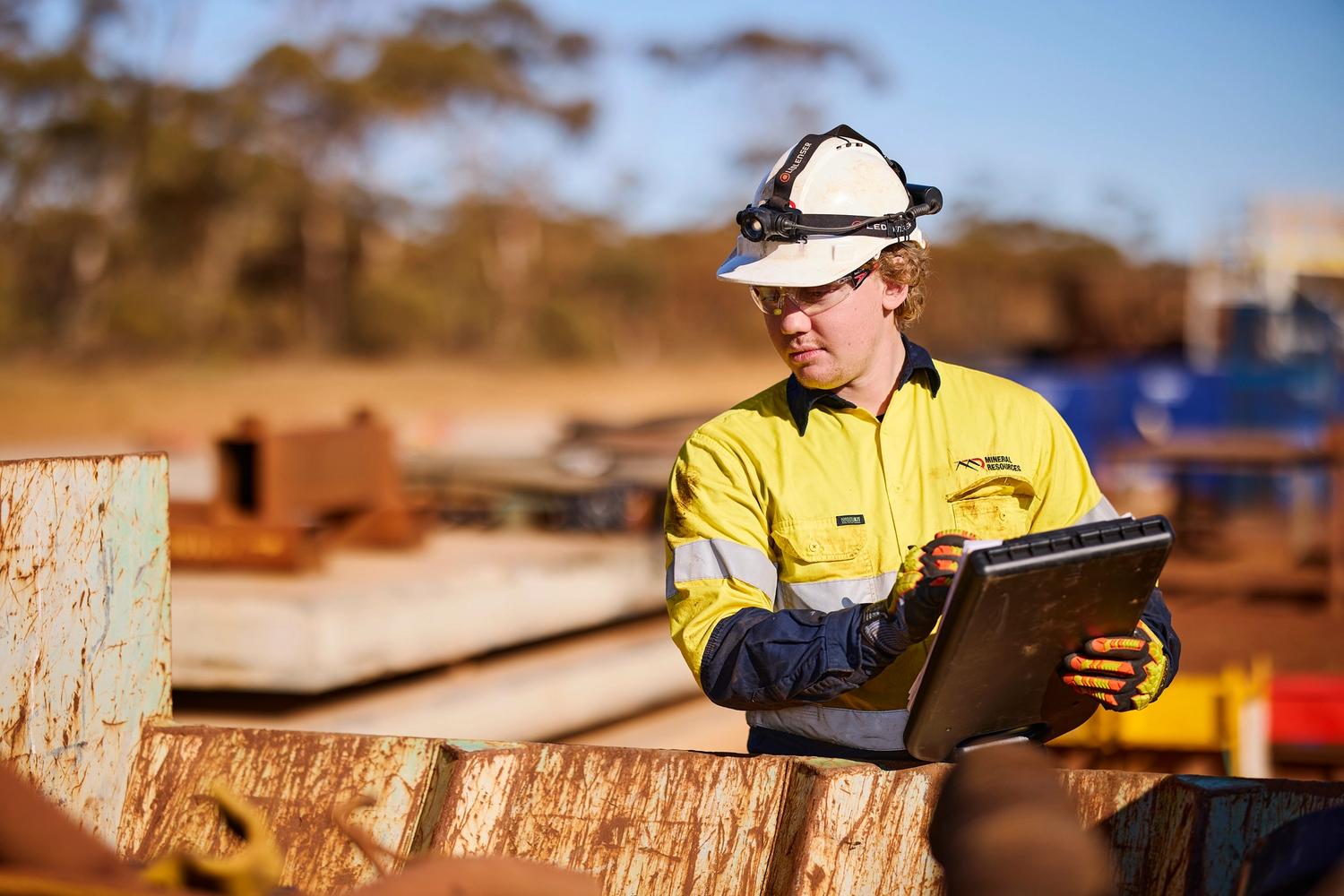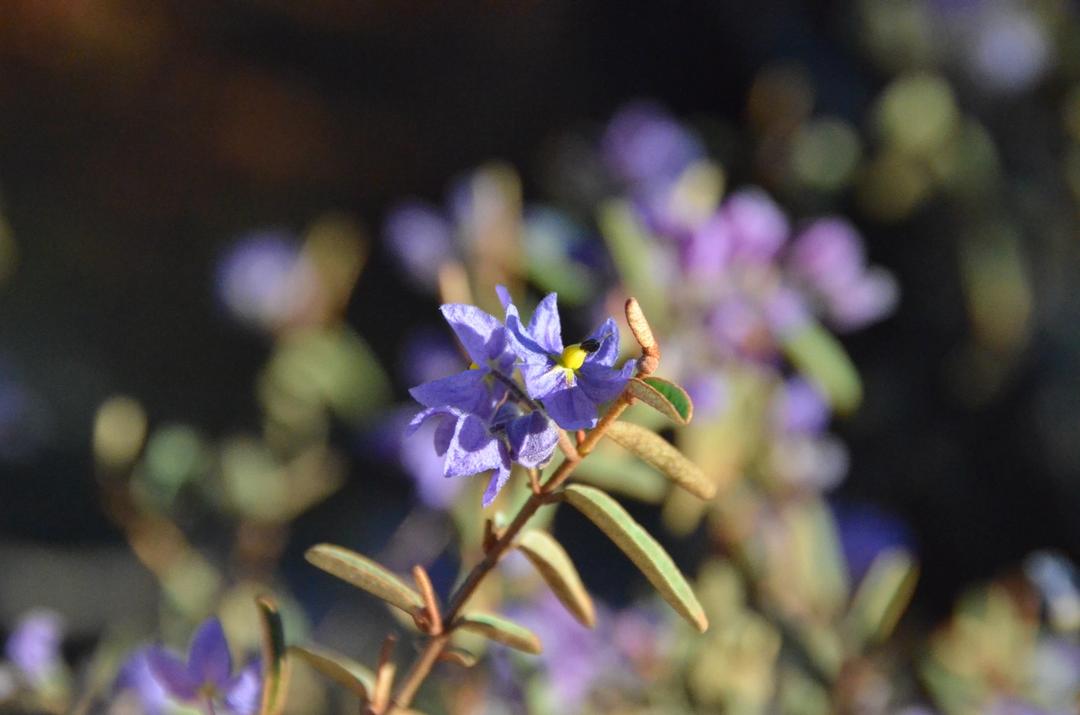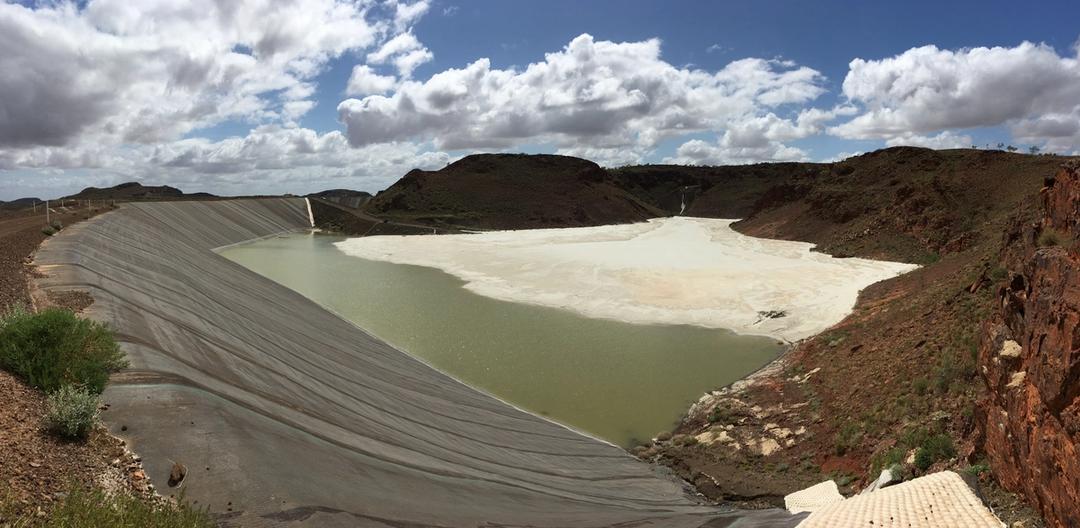Waste
We are committed to minimising risks to human health, safety, the environment and communities through effective waste management practices.

Our management approach
We recognise the potential of waste generated throughout the lifecycle of mining operations, processing and associated activities has the potential to cause environmental damage and pose health risks to our employees, contractors, communities and landscapes adjacent to our operations.
To ensure waste is appropriately managed, we monitor and report on all hazardous and non-hazardous waste streams in accordance with the Waste Avoidance and Resource Recovery Act 2007 and landfill licence conditions issued by the Department of Water and Environmental Regulation.
We produce two types of non-mineral waste, which require different management approaches.
These include:
- Non-hazardous waste: Waste generated by our mining operations and supporting facilities and offices includes general waste, comingled waste, construction and demolition waste, tyres and rubber, organics, scrap metal such as steel and lead, as well as non-hazardous liquid waste. Where waste cannot be reused or recycled, most of our operations maintain licenced landfill facilities on site to dispose of items such as waste tyres, general putrescible, and inert waste.
- Hazardous waste: We identify, manage and report on the potential risks and impacts of chemicals and hazardous substances on general safety, human health and the environment across our operations under site-based Environmental management Plans and Safety Management Plans.
Additionally, we provide a framework for the management of chemical and hazardous substances through our Working with Hazardous Substances Procedure, Working with Hazardous Substances Management Standard and Hazardous Substance Registers.
Refer to our 2024 Sustainability Report for our non-mineral waste performance.
MinRes’ Waste Strategy sets the blueprint to advance the business towards more efficient waste management practices and circular economy outcomes across our operations.
The strategy seeks to utilise waste assets and resources most efficiently to maximise waste avoidance and reduction, and resource recovery in alignment where possible with the WA Waste Avoidance and Resource Recovery Strategy 2030.
Key objectives of the Waste Strategy include:
- reducing environmental impacts from the management of waste by adopting responsible practices
- identifying opportunities to minimise and manage waste in an efficient and sustainable manner.
As part of the Waste Strategy, an Implementation Plan was developed to provide a set of improvement initiatives.
Refer to our 2024 Sustainability Report for our progress against the strategy.






